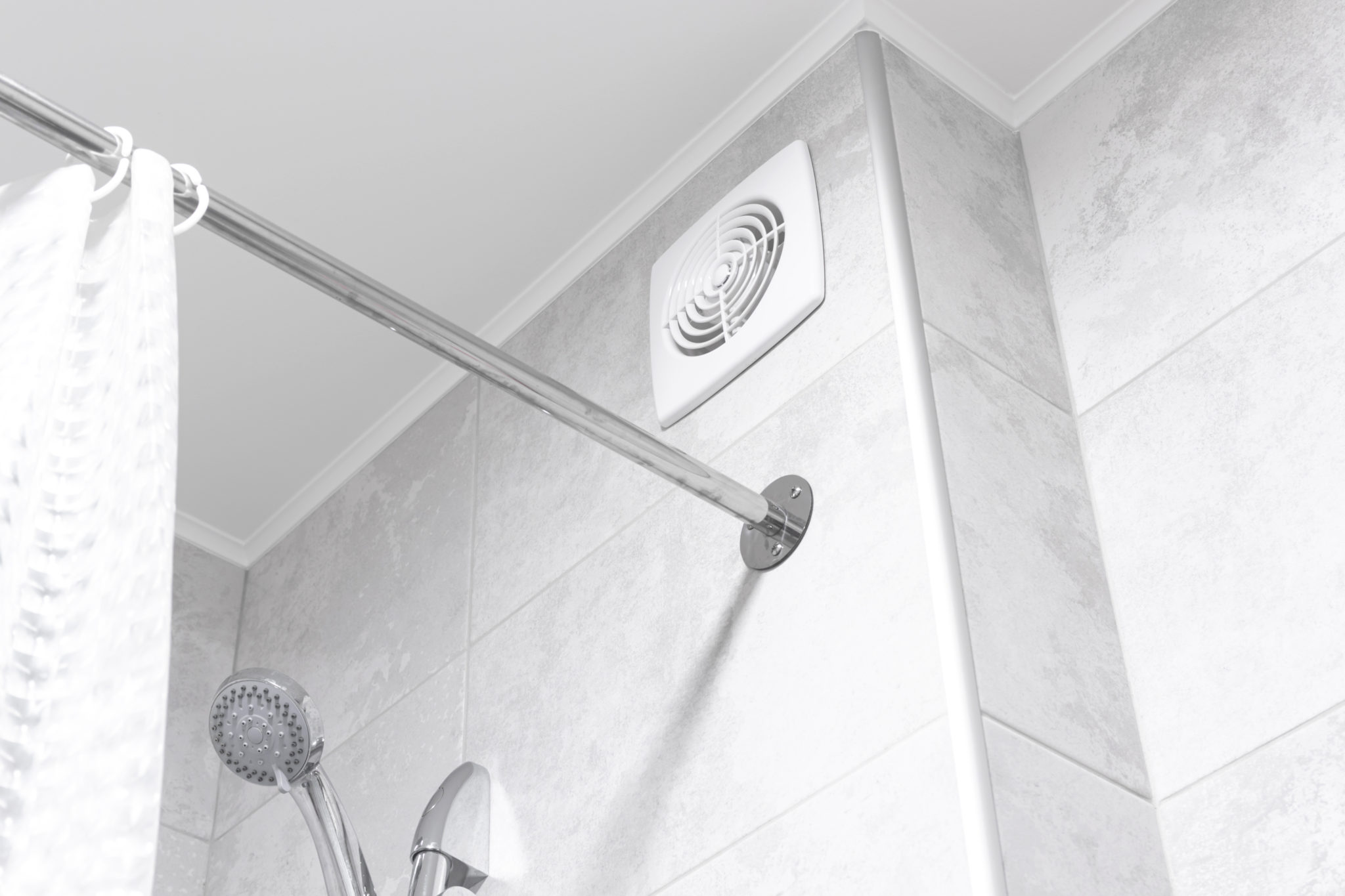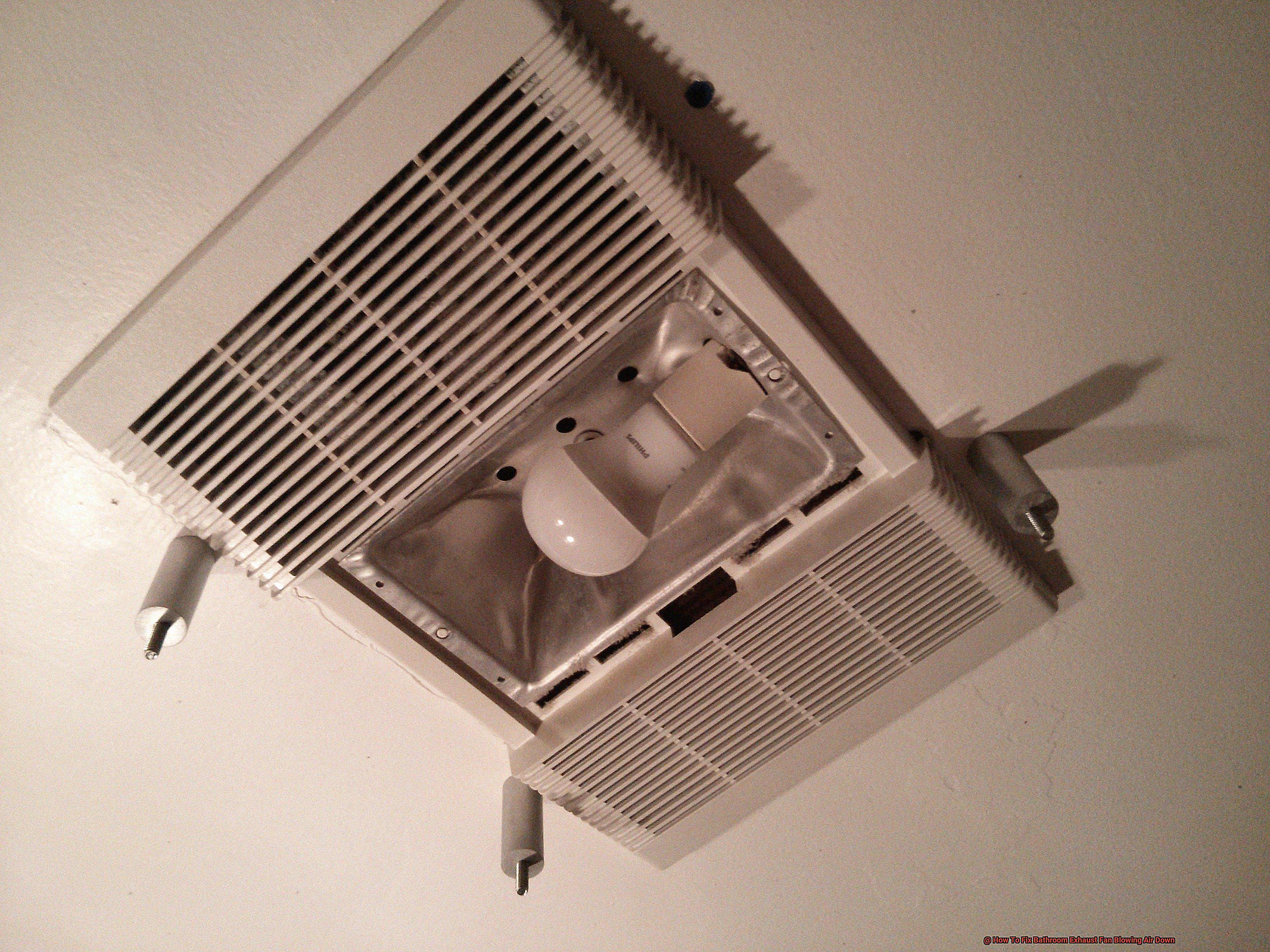Factors Influencing Bathroom Fan Size: How To Determine Bathroom Fan Size

How to determine bathroom fan size – Yo, peeps! When it comes to bathroom fans, size does matter. It’s not just about suckin’ up the steam, it’s about creating a healthy and comfy environment. Let’s dive into the factors that determine the perfect fan size for your bathroom, so you can say goodbye to mold and hello to fresh air.
Bathroom Size
The bigger the bathroom, the more air you need to move. Measure the length and width of your bathroom in feet, then multiply them to get the square footage. For every 50 square feet, you’ll need a fan that can handle at least 50 cubic feet per minute (CFM) of air.
Yo, figuring out bathroom fan size can be a pain, but hey, I got you covered. Just grab a measuring tape, check the square footage, and multiply by 1 CFM (cubic feet per minute) for every square foot. Simple, right?
Now, if you need a break from all this math, check out some hd anime wallpapers. They’re the perfect way to zone out and get your creative juices flowing. Then, come back and finish up that fan calculation like a boss.
Moisture Levels
How steamy does your bathroom get? If you’re a shower singer or love long, hot baths, you’ll need a fan with a higher CFM rating. A good rule of thumb is to add 50 CFM for each person who regularly uses the bathroom.
Jadi, cara ngitung ukuran kipas kamar mandi itu gampang banget. Cukup ukur luas ruangan, kalikan dengan angka 8. Nah, kalo mau yang lebih senyap, bisa pake ultra quiet bathroom fan. Tapi inget, meski kipas senyap, tetep harus dihitung ukurannya yang pas biar sirkulasi udaranya optimal.
Ventilation Requirements
Building codes often have specific ventilation requirements for bathrooms. Check with your local code enforcement office to see what’s required in your area. You might need a fan that can handle a higher CFM to meet the code.
Ceiling Height and Fan Placement
The height of your ceiling and where you place the fan can affect the CFM you need. For ceilings over 8 feet high, you’ll need a fan with a higher CFM rating. And if you’re installing the fan in a corner, you’ll need to add 20% to the CFM rating.
Types of Bathroom Fans and Their CFM Ratings

Choosing the right bathroom fan is essential for maintaining a healthy and comfortable environment. Different types of fans have varying CFM ratings, which determine their effectiveness in removing moisture and odors. Let’s explore the different types of bathroom fans and their CFM ratings:
Exhaust Fans
Exhaust fans are the most common type of bathroom fan. They are typically mounted in the ceiling or wall and vent directly to the outside. Exhaust fans come in various sizes, with CFM ratings ranging from 50 to 200. The CFM rating indicates the volume of air the fan can move in cubic feet per minute.
Ceiling Fans, How to determine bathroom fan size
Ceiling fans are a versatile option that can provide both ventilation and cooling. They are typically mounted on the ceiling and have CFM ratings ranging from 50 to 150. While ceiling fans do not directly exhaust air outside, they can help circulate air and reduce humidity.
Wall-Mounted Fans
Wall-mounted fans are a compact and affordable option. They are typically mounted on a wall and vent directly to the outside. Wall-mounted fans have CFM ratings ranging from 50 to 100. They are suitable for smaller bathrooms or as a supplement to other ventilation systems.
| Fan Type | CFM Range |
|---|---|
| Exhaust Fans | 50-200 |
| Ceiling Fans | 50-150 |
| Wall-Mounted Fans | 50-100 |
The choice of bathroom fan depends on the size of the bathroom, the amount of moisture produced, and the desired level of ventilation. Exhaust fans with higher CFM ratings are more effective at removing moisture and odors, but they can also be louder. Ceiling fans can provide both ventilation and cooling, but they are less effective at removing moisture than exhaust fans. Wall-mounted fans are a compact and affordable option, but they have lower CFM ratings.
Installation Considerations for Optimal CFM

Getting the right fan for your bathroom is not enough; you also need to install it properly to ensure it delivers the optimal CFM. Here are some important considerations:
Duct Size and Length
The duct size and length play a crucial role in determining the CFM of your fan. A duct that is too small or too long can restrict airflow, reducing the fan’s CFM. Use the following guidelines to determine the correct duct size and length:
- Use a duct with a diameter that is equal to or larger than the fan’s outlet.
- Keep the duct as short as possible, with a maximum length of 25 feet.
- Avoid sharp bends and elbows in the duct, as they can also restrict airflow.
Minimizing Airflow Restrictions
Any obstruction in the ductwork can reduce the fan’s CFM. Here are some tips for minimizing airflow restrictions:
- Ensure that the duct is free of debris, dust, or any other obstructions.
- Use smooth ductwork instead of corrugated ductwork, as it creates less friction.
- Avoid using flexible ductwork, as it can collapse and restrict airflow.